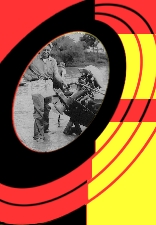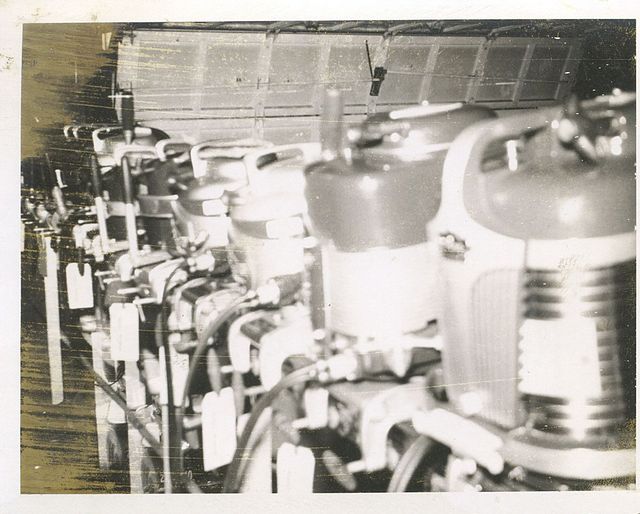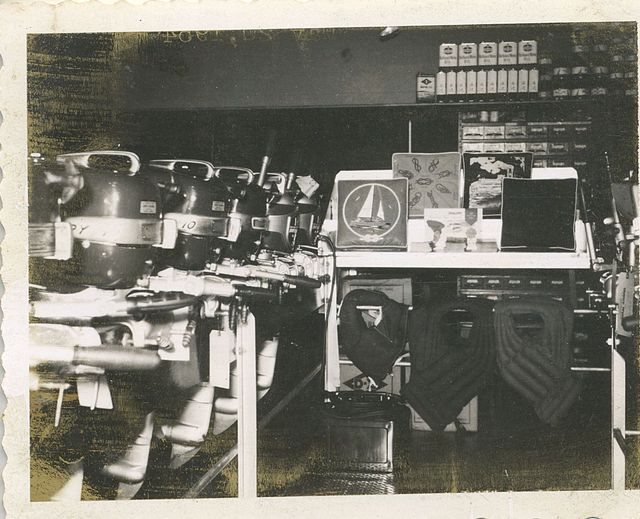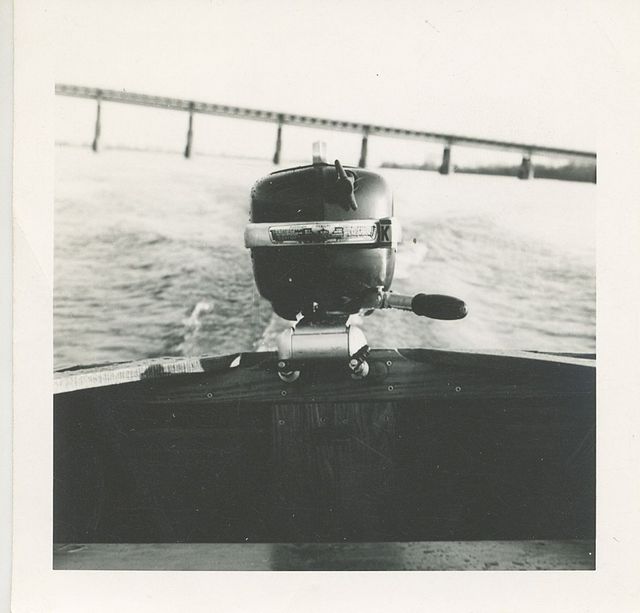 |
 |
Quincy Welding
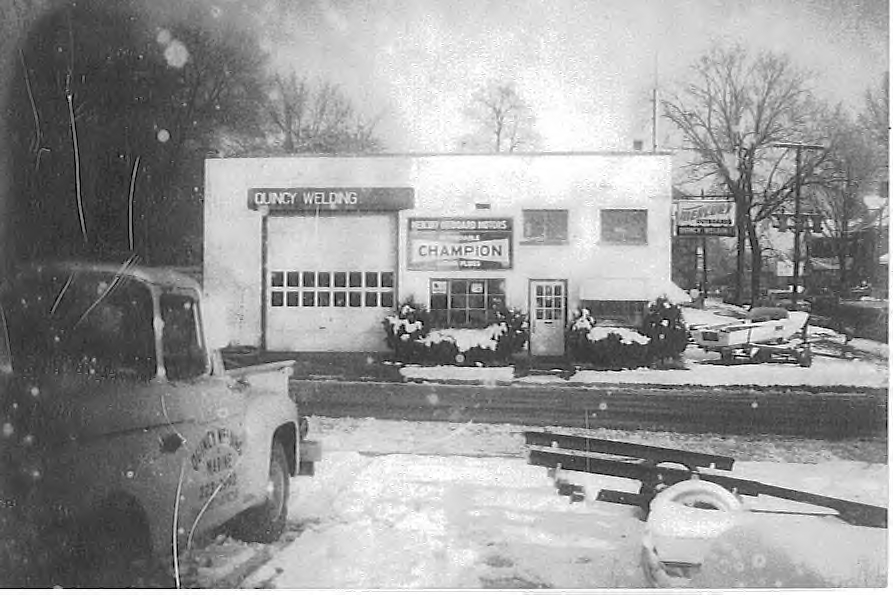 |
You are about to take a journey through the inside of Quincy Welding/ Precision Machine, home of some of the most innovative and exciting outboard race engines produced in their time. I call these photos the "Area 51" pictures because very few people got to enter these production and manufacturing areas of the shop.
Click on the "Quincy Welding" Button to see photos from inside Quincy Welding's Area 51.
Click Here for Quincy Welding Shop Photos
|
Original Quincy Welding Shop
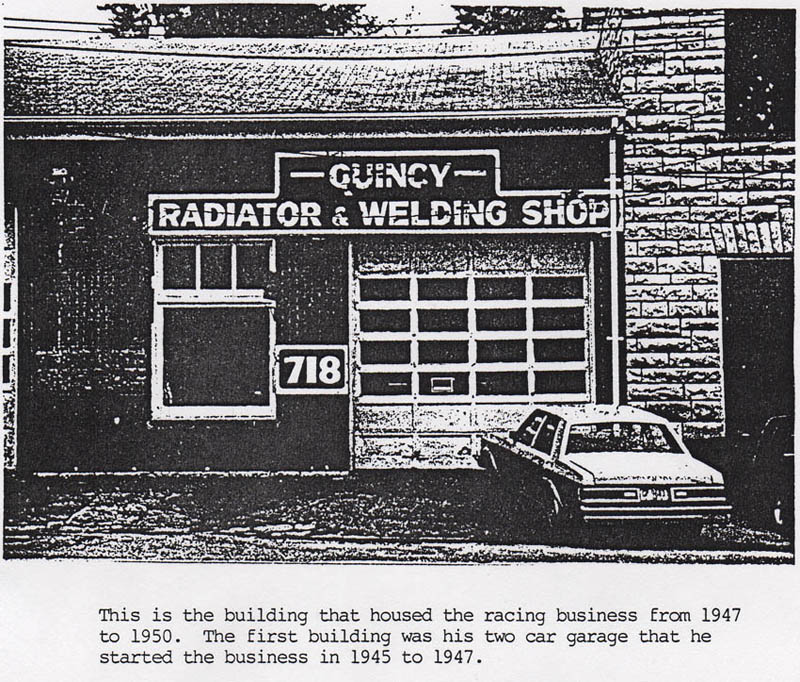 |
Quincy Welding at 5th & State in Quincy, IL, was officially opened for business in 1949 by my father, O. F. (Chris) Christner as a welding and machine shop. He actually started in business in a small garage several years earlier, growing the business to the point that he could build the white block building at 5th & State that is known by all familiar with Quincy Welding.
|
New Mercury Motors - Quincy Welding
Testing on the Mississippi River
Quincy Loopers Racing in the 1960's
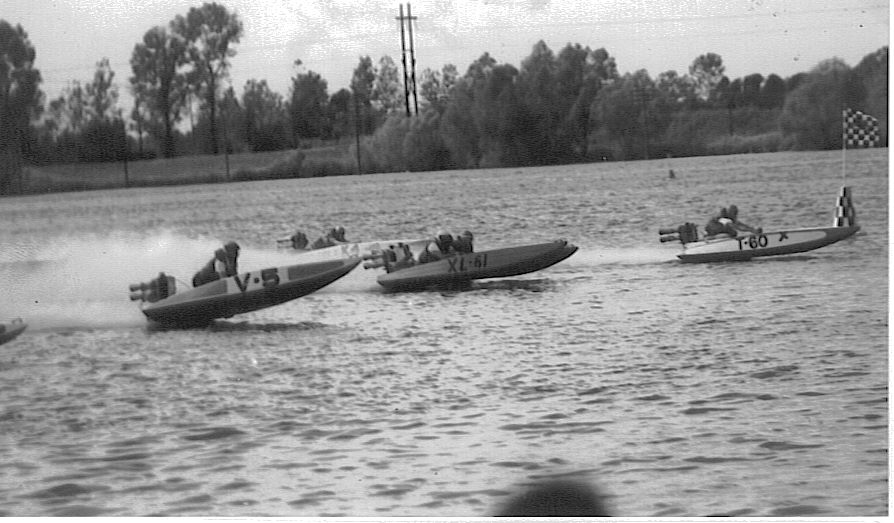 |
Quincy Welding was probably best known as the manufacturer of the Quincy Mercs and Quincy Looper race engines.
In a technical sense, the original father of the Loop charged two-stroke engine was a German engineer named Dr. Schneurle, who patented his engine in 1925. In his motor, a pair of mirror image transfer ports flanked a single exhaust port, thus directing the scavaging flow toward the cylinder wall opposite the exhaust and upward to "loop" over (and thus clear) the cylinder.
The unique Quincy Welding Looper was patented by O. F. Christner and it was the first 2 cycle race engine to have diametrically opposed and exiting exhaust ports. It was exclusively designed and created by my father out of desperation and necessity due to the fact that the converted Quincy Deflector Merc could no longer sustain the combustion intensity without eliminating, by melt down, the deflector dome on the piston. My father also wanted to design the new engineering technology around the already existing Mercury crankshaft and cylinder spacing dimensions.
Yes, my father wanted Kiekhaefer to produce a pleasure Looper engine. Kiekhaefer eventually bought the patent from my father - I remember the new 1965 Plymouth convertible my father bought with the money.
|
Wood Runabout with Quincy Throttle
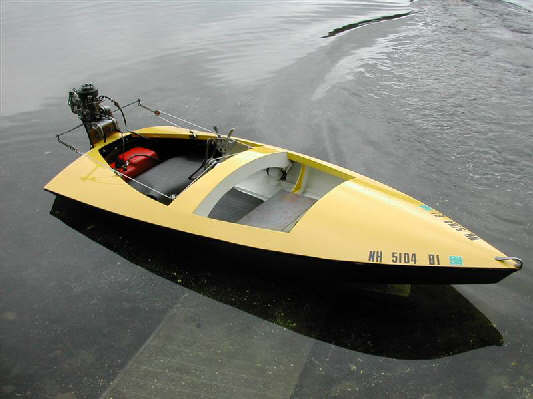 |
Quincy Welding also manufactured rings, pistons, reed cages, cylinders, sleeves, cranking plates, turning fins, racing throttles, engine supports, mounting pads, drive housings, ignition mounting plates and systems, a full spectrum of exhaust systems (including expansion chambers, megaphones, filler blocks, tuned cans and mufflers), and both racing and pleasure boat propellers.
We modified/produced many racing engines over the years: J-A-B-C-D-E-F-X-Z in the form of deflectors and Loopers, which were stock, modified and pro alky. Quincy Welding also manufactured many one-of-a kind, experimental racing engines for many clients, both corporate and private.
|
O. F. and Paul Christner in the 1970's
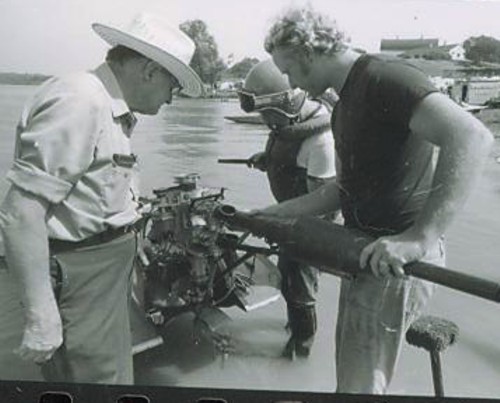 |
We were also known by some as the “area 51” of Mercury. My father, O. F., and Karl Kiekhafer became acquainted shortly after WWII when my dad became a Mercury outboard dealer. Quincy Welding did many covert projects for Mercury in the 50’s, 60’s and into the 70’s and also some secret projects for OMC. We even did some covert, experimental projects for an un-named Japanese company. Some of our efforts and contributions are still realized by today’s racers.
How many racers are aware that there was a secret meeting between O. F. Christner and Dieter Konig in the late 50’s in which Dieter offered him the American distributorship for Konig race engines? My dad told me about this meeting later on, after Quincy Welding closed.
|
| |
My father, with the help of a few employees in that small shop in Quincy, took production Mercury outboards and converted them into racing engines that dominated the Johnson and Evinrudes in the 1950's. The Quincy Loopers carried that domination in pro outboard racing into the 1960's and up to the early 70's.
In the mid 1970's, my father and I reinvented the Quincy racing engines into the "Z" series engines that later became quite successful too.
A lot of people do not realize that Quincy Welding/ Precision Machine was, during the entire time it manufactured racing engines, a full service welding and machine shop. Quincy Welding/ Precision Machine also sold pleasure boats, Mercury outboards, Homelite chainsaws and was a full service racing and pleasure propeller repair shop.
|
|
|
